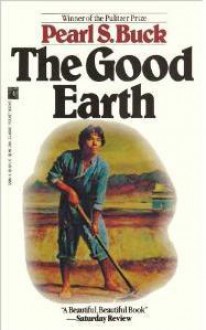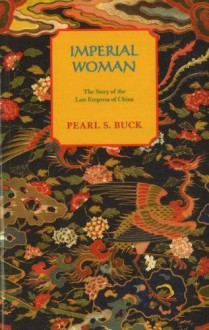
The Good Earth is the story of a Chinese peasant farmer who rises from subsistence farming to wealth and prosperity. Wang Lung's highly improbable rise allows Buck to depict various levels of society in pre-revolutionary China. The year is never identified, but the existence of trains as a new thing places it in the early twentieth century. The novel's success was due not just to its quality as a novel but due to the fact that it introduced many Westerners to Chinese culture for the first time.
The title refers to a theme running through the book of the healing power of staying connected with the land. The irony of this is that it is not a connection to the good earth that resulted in Wang Lung's wealth but some looting committed by his wife during the fall of an unnamed city. The novel is engaging but not particularly deep, more on a level of popular fiction than high literature. The novel's strength is in its depiction of Chinese peasant culture and the plight of Chinese women, which is depicted in a matter of fact manner without authorial editorializing. The cultural aspect is also the cause of most of the book's criticism.
The Good Earth's reputation has declined in recent years, partially due to the the rise of identity politics in literary criticism. Identity critics find fault with the book because it is the story of a Chinese family told by a white woman from the United States. If the novel had been written by a Chinese woman or even a Chinese-American, it might hold a very different place in the world of literary criticism. Buck knew as much or more about China than any American of her time, but she was not Chinese so her work falls under the shadow of post-colonialism. Taken on its own merits as a novel, The Good Earth is pretty good. It is when you try to read it as a cultural document of China that it becomes conflicted.

 Log in with Facebook
Log in with Facebook 







